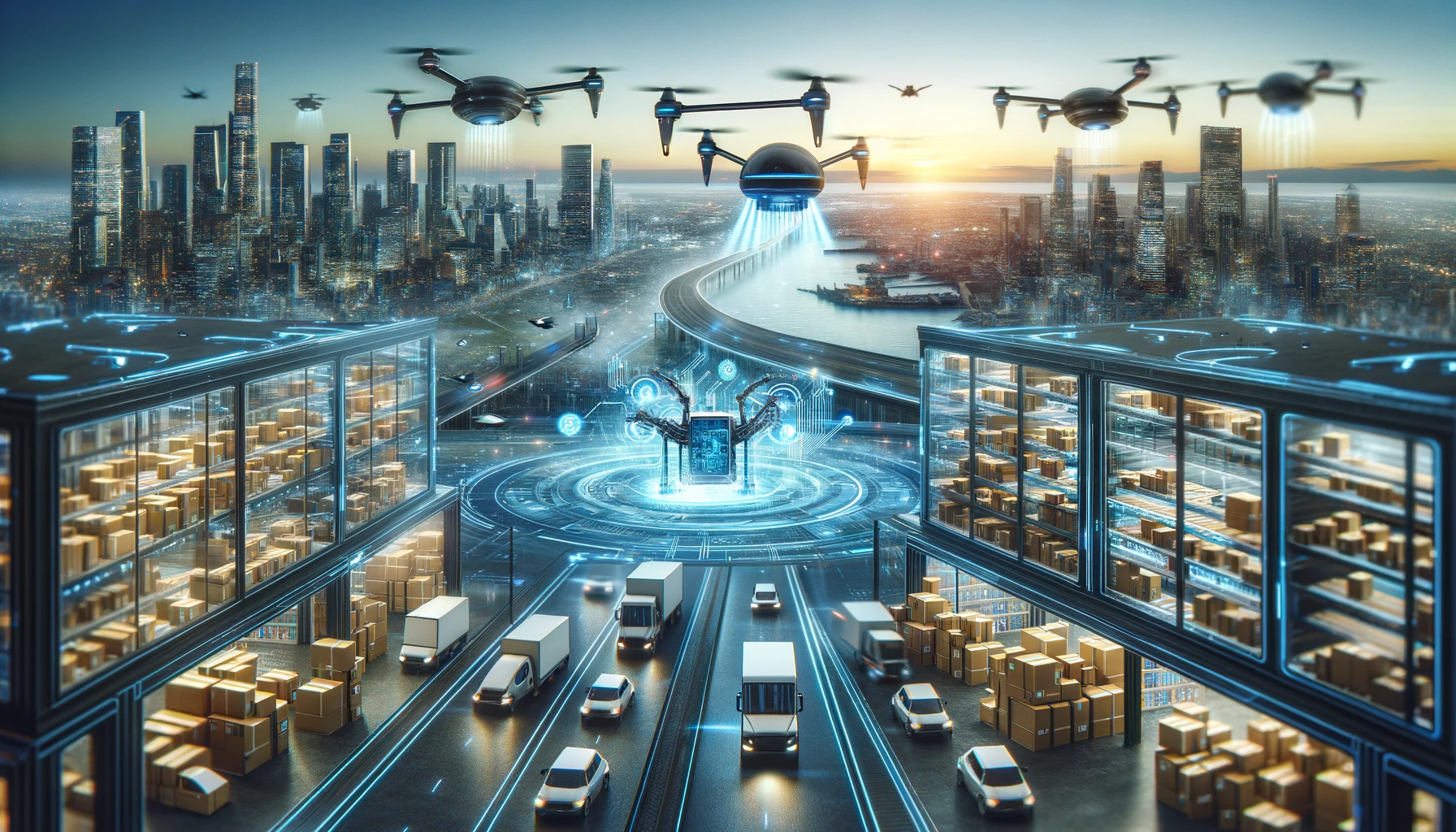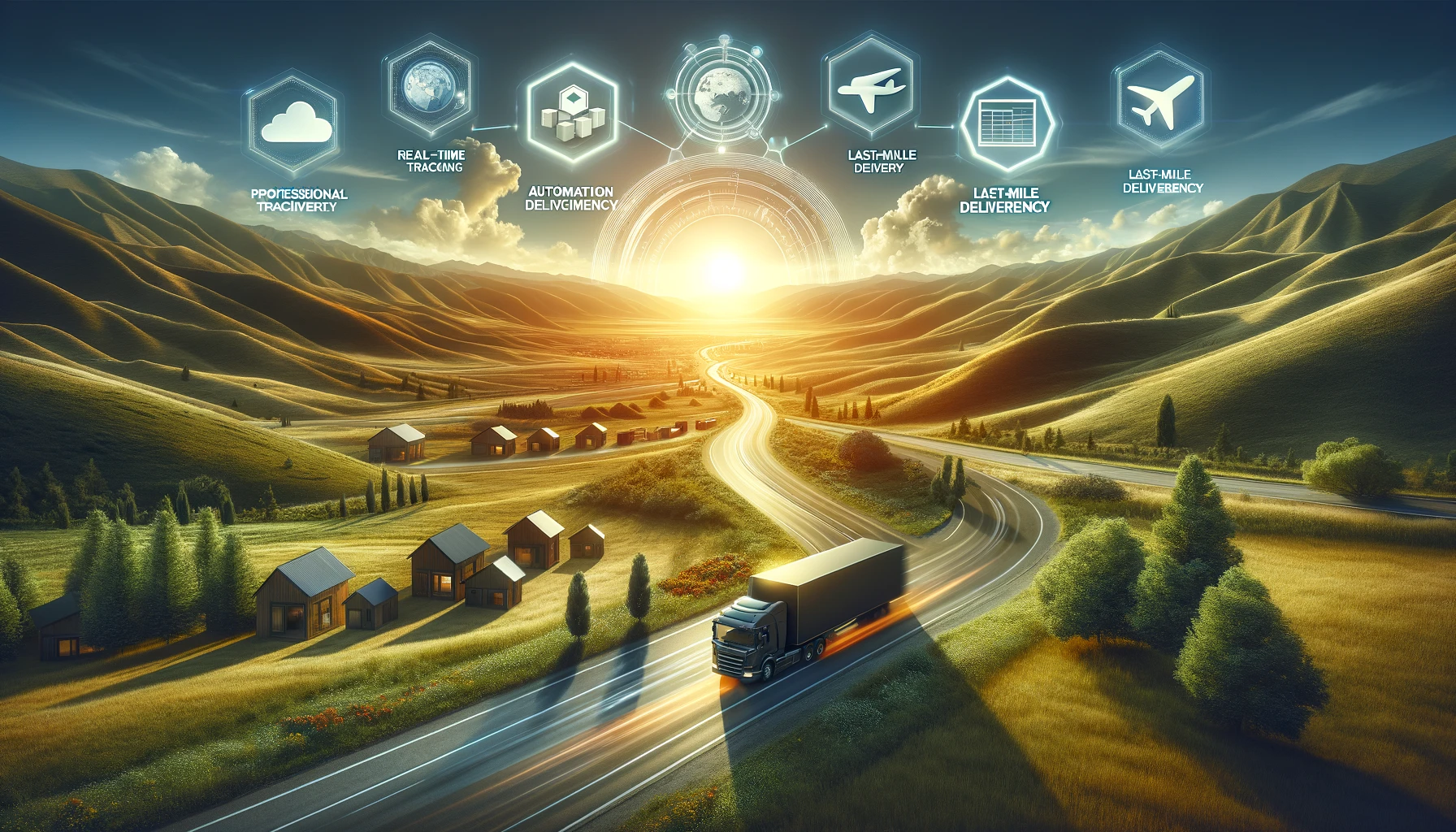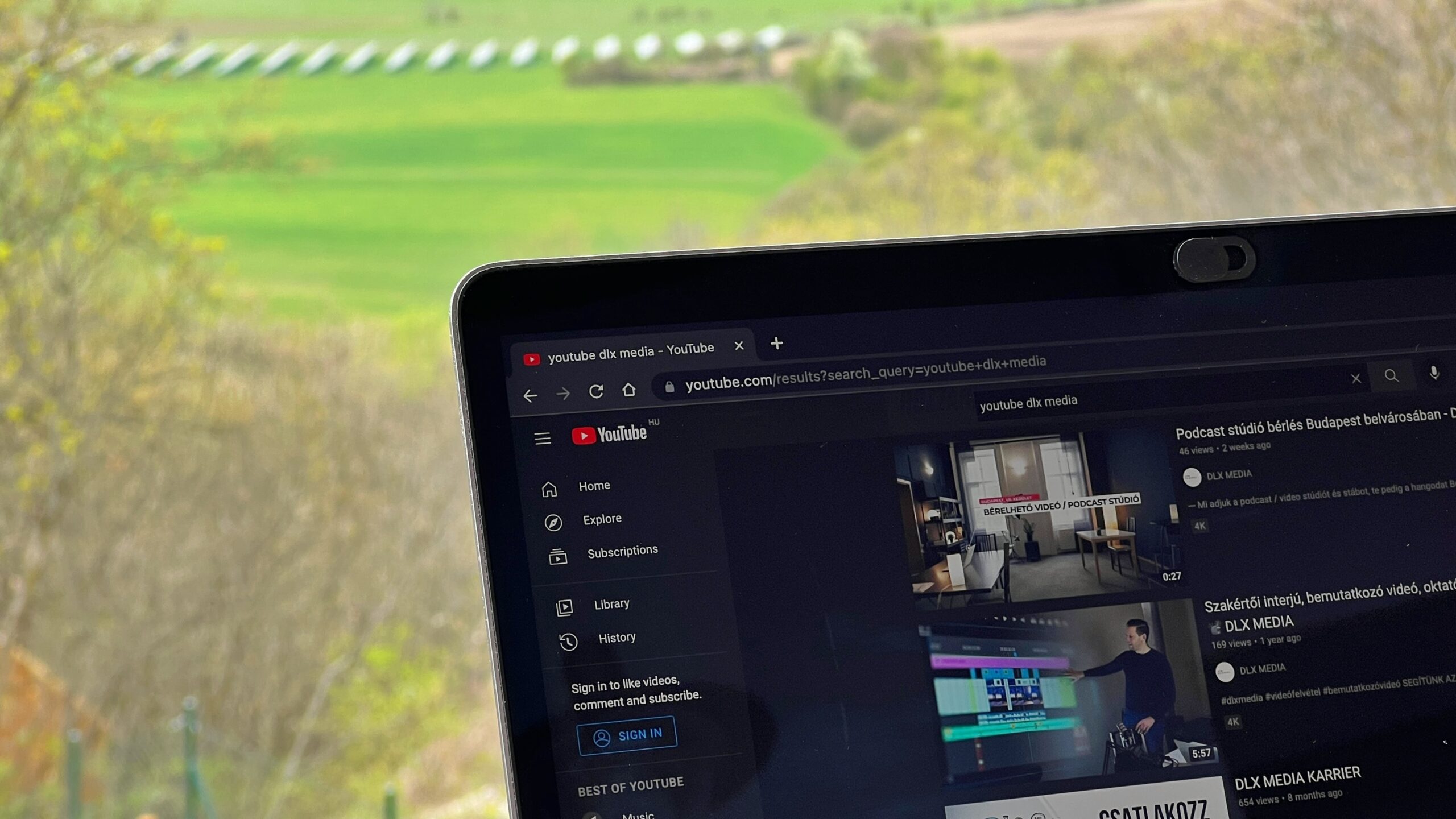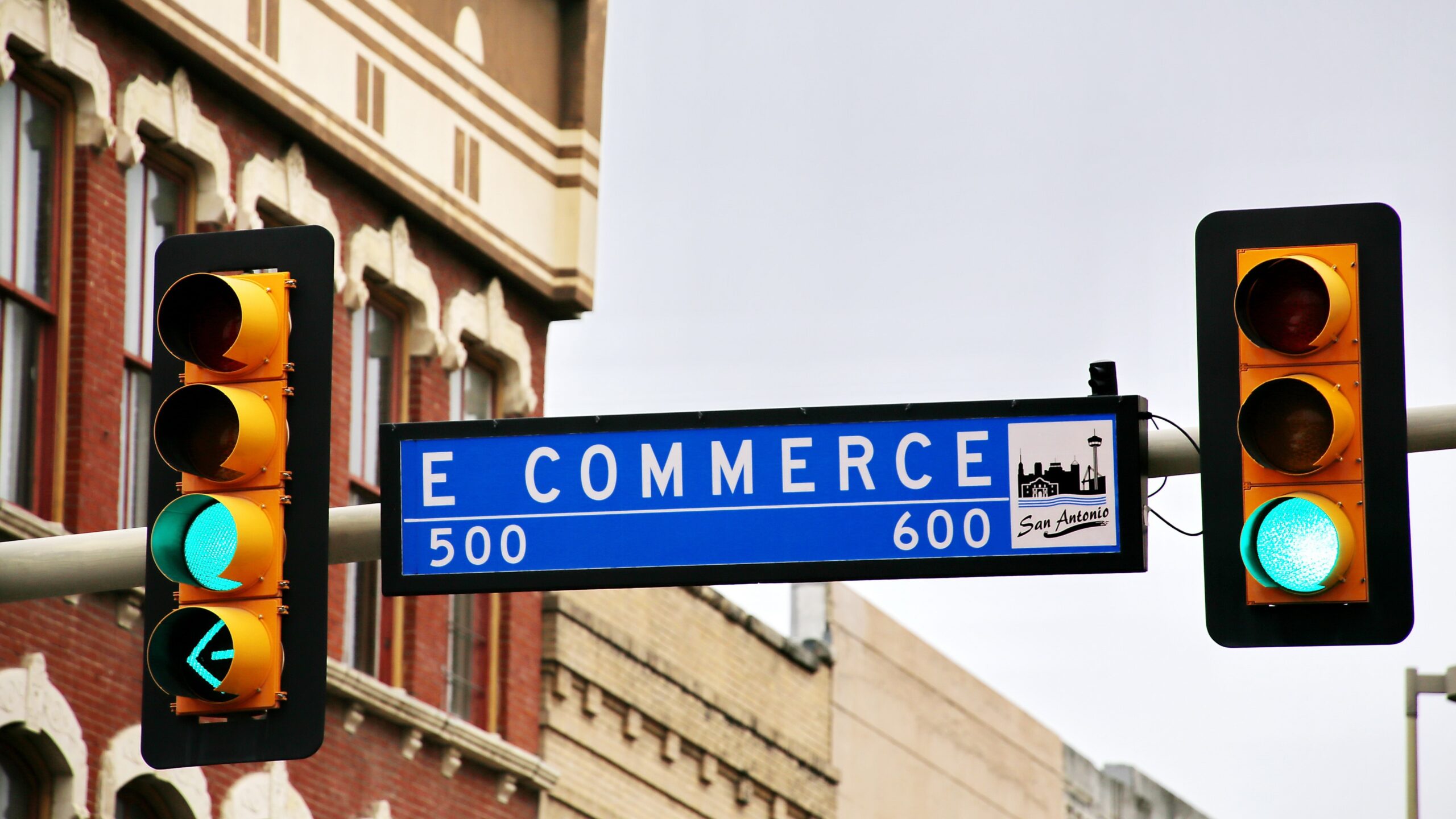The evolution of the technologie is transforming ecommerce, an industry that relies heavily on real-time data, an ever-evolving consumer base and rapidly changing trends. In an effort to maintain relevance, online businesses are gradually moving from traditional monolithic architectures to more flexible, robust, and state-of-the-art architectural frameworks, such as the MACH architecture. MACH stands for Microservices, API-first, Cloud-native and Headless and is a distinctive technologie stack that allows ecommerce players to shape their applications around business needs, rather than having to force their operations to fit into a pre-existing system. In this article, we'll delve into the impressive benefits of the MACH architecture and explain why it's becoming a crucial part of the ecommerce-technologie.
Introduction to MACH architecture
MACH architecture is a group of technologies built on the principles of Microservices, API-first, Cloud-native and Headless (MACH). It addresses many of the challenges that today's digital businesses face that traditional monolithic systems struggle to overcome. A MACH architecture emphasizes the decoupling of elements, continuous modernization and individual scalability of services. This decoupled approach allows different parts of a business to move at their own pace, adapting and innovating as needed. The API-first aspect promotes connectivity and ensures seamless integration with both existing and new systems.
As an architectural design, MACH focuses on harnessing the potential of the cloud for maximum agility, flexibility and scalability. It abandons the limitations of physical servers and infrastructure, offering the benefit of infrastructure-less deployment models. The Headless portion of MACH means that the front-end or user interface (UI) is decoupled from the back-end or business logic. This gives developers more creative freedom as they can choose the best front-end technology to deliver content in the most engaging way possible across devices and platforms.
The MACH architecture gives companies a greater degree of control over their technologie stack. They can choose best-in-class technologies, rather than being limited to the capabilities of a single supplier. Furthermore, the MACH architecture is language independent, meaning companies can select the most suitable software development language to meet their specific needs.
The importance of a robust ecommerce-technologie stack
The tech stack, or technology stack, refers to a combination of software applications, frameworks, and tools used to develop and run an application. In ecommerce, a robust tech stack is synonymous with seamless operations, exceptional customer experiences and ultimate business success. An optimal tech stack helps streamline workflows, reduce technical debt, improve performance, and improve scalability – all essential for a ecommerce business.
Choosing the right tech stack has a direct impact on a website's responsiveness, speed and security, which can impact user experience and in turn have a significant impact on customer retention. It also affects a ecommerce platform's ability to adapt to market changes and customer requirements, which are becoming increasingly volatile in the digital marketplace.
A robust ecommerce technology also allows for the integration of various technologies, promoting operational efficiency and automation. For example, integrating a ecommerce platform with supply chain management software or a Customer Relationship Management (CRM) system can achieve excellent automation and efficiency.
Furthermore, an efficient ecommerce technology is critical for data management and analysis. It is an integral part of capturing, processing, analyzing and using customer and business data to make informed decisions, predict trends and improve customer engagement.
Unpacking MACH: An Advanced Architecture Approach
MACH does not represent a single one product, but rather an architectural approach with four key elements. The microservices architecture divides an application into a collection of loosely coupled services. Each microservice is designed to do a small job, enabling a modular approach where each service can evolve independently. This structure allows for quick, isolated changes and promotes an easier problem-solving process.
The API-first element in MACH means that APIs are developed first and then programming interfaces are built around them. This approach ensures seamless integration of different software modules and helps maintain data consistency across multiple platforms. APIs also enable third-party integration and ensure the company can continue to innovate and adapt.
Cloud native refers to the use of services and infrastructure offered by cloud service providers. This means that MACH applications can take advantage of the scalability, reliability and flexibility that cloud platforms offer. It allows companies to quickly scale up or down to meet demand, making them more agile and cost effective.
The headless concept separates the frontend and backend development of an application, allowing them to work independently of each other. This separation ensures a seamless user experience across platforms and devices, giving developers the flexibility to innovate and experiment without impacting business logic and operations.
Benefit 1: Scalability with MACH architecture
One of the most striking features of integrating MACH architecture into a ecommerce-technologie stack is the potential for scalability. Microservices architecture allows individual services to scale according to demand without overhauling the entire system.
The cloud-native aspect of the MACH architecture leverages the ability of cloud services to efficiently scale up or down depending on business requirements. Such scalability is especially beneficial for ecommerce businesses, which often experience fluctuating demand due to seasonal changes, sales or marketing campaigns.
The MACH framework not only ensures scalability of services and resources, it also enables scalability in experimentation and innovation. With loosely coupled services and a headless architecture, companies can test new technologies and interfaces in isolated environments, integrate them seamlessly if successful, or discard them without impacting other services.
This scalability extends to its data management capabilities. As data volumes increase, the MACH architecture can easily scale data processing capabilities to ensure that the influx of information does not hinder the platform's performance.
Benefit 2: Improved user experience
The MACH architecture inherently improves the user experience by providing a fast, flexible and personalized interface. Using a headless architecture, companies can build and experiment with different user interfaces without having to worry about back-end processes. This gives them the freedom to innovate and provide users with a seamless multi-channel experience.
The scalability and flexibility of the MACH architecture ensure that the platform's performance does not deteriorate even under high load. Even if the product catalog or number of users increases, MACH-based platforms can handle it smoothly. This reliability contributes positively to the overall user experience.
Furthermore, MACH's microservices structure allows companies to effectively personalize the user experience. Because each service represents a separate business asset, companies can easily identify and improve the services most relevant to their customers, or introduce new services as necessary.
Additionally, the API-first approach in the MACH architecture helps integrate third-party services and platforms, further increasing the potential for personalization. By analyzing data from different sources, companies can better understand their customers' behavior and provide more customized shopping experiences.
Benefit 3: Superior integration features
MACH architecture promotes modularity, connectivity, and integration through its API-first approach. The APIs of this architecture are designed to make connecting different services and modules easy, regardless of the technology used.
This approach not only helps integrate different services within the same platform, but also allows companies to connect to third-party services and platforms. For example, a ecommerce platform based on MACH architecture can be easily integrated with external payment gateways, supply chain management systems or marketplaces from third parties.
The modularity inherent in the MACH architecture also means that it is easier to isolate and troubleshoot problems. If a problem occurs with one service, it can be resolved without impacting other services, maintaining overall system integrity.
Additionally, MACH's API-first approach accelerates the pace of integration because APIs are designed from the start to be reusable across multiple platforms and devices. This feature promotes speed and simplicity when launching new products, features or services, helping to maintain a competitive advantage.
Benefit 4: Future-proof your business
Adopting the MACH architecture is a strategic way to ensure your ecommerce business remains relevant in the future. By relying on the flexibility, agility and scalability of MACH, you can build a technologie platform that evolves with changing business needs and trends.
The microservices structure in MACH allows each service to evolve independently. As the technologie progresses, individual services can be updated or replaced with minimal disruption to the entire solution. This structure supports continuous modernization, which reduces technical debt and maintains the overall life expectancy of the platform.
The API-first approach from MACH also guarantees long-term stability and future-proofing. Even as the internal technologies used within the company change, APIs ensure continuity in data communication and service integration.
Finally, the headless aspect of MACH gives companies the ability to adapt to changing user behavior and trends. As new platforms or devices gain popularity, the front end can be redesigned to fit these new channels without disrupting the back end business logic.
In conclusion, the adoption of MACH architecture in a ecommerce tech stack is a strategic move that offers enormous benefits. From scalability and superior user experience to unparalleled integration features and future-proof capabilities, MACH serves as a solid foundation for an adaptable and resilient ecommerce platform. As the technologie continues to evolve, the MACH architecture provides a critical competitive advantage, allowing companies to flexibly adapt, personalize experiences and maintain a sustainable pace of innovation. By embracing MACH you can ecommerce companies technologie indeed transform it into a strategic growth engine.













